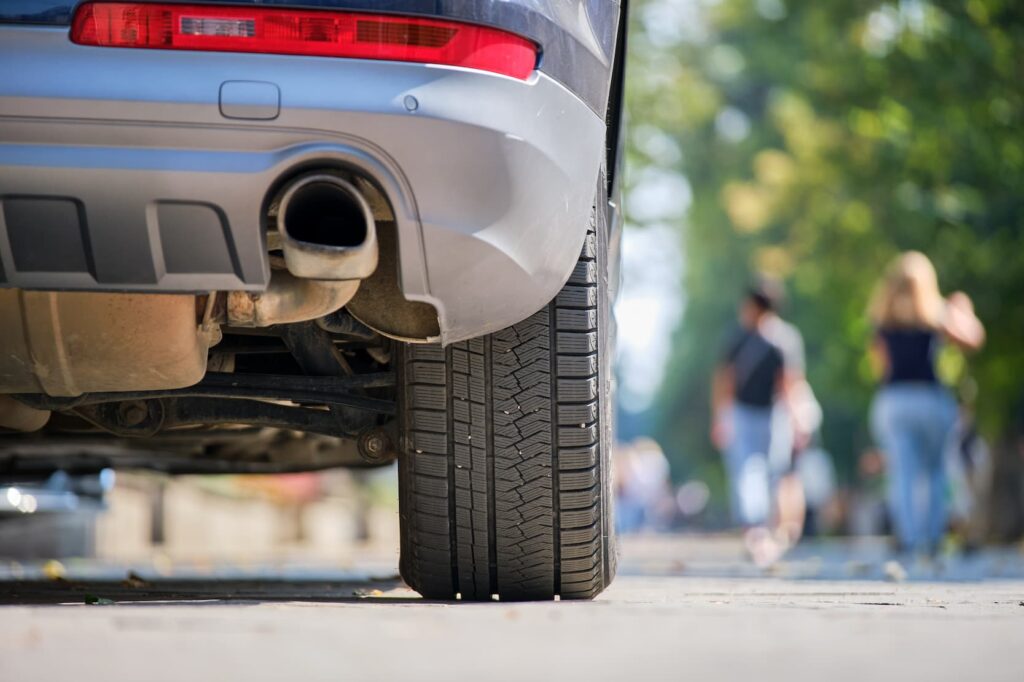
The start of the school year coincides with the last few months of ozone season, when ground-level ozone, a common air pollutant, reaches its highest concentration.
As parents drive and drop off their kids at school, engine idling creates more emissions, which leads to higher levels of ground-based ozone. According to the U.S. Department of Energy’s Clean Cities program, an idling car wastes up to half a gallon of fuel per hour and releases 20 pounds of carbon dioxide for each gallon of fuel burned.
Whether you are stuck in the school’s drop off/pick up line or just running your regular errands, here are some tips to reduce idling:
Turn off the Engine: The easiest, and most effective, way to reduce idling is to shut off the engine when the vehicle is parked or waiting for an extended period.
“Today’s gasoline and diesel vehicles do not suffer damage by being turned on and off,” explained the U.S. Department of Energy in its Consumer Guide to Reducing Vehicle Idling.
“Idling for more than 10 seconds uses more fuel and produces more emissions that contribute to smog and climate change than stopping and restarting your engine does,” the guide adds.
Plan Routes: Planning ahead can help you reduce unnecessary trips, and mapping routes can minimize unnecessary stops and waiting time. Figure out all the errands you need to run and knock them out in one trip instead of going out several times. Make those routes even more efficient by using navigation apps or websites to create the shortest path between stops.
Carpool or Use Public Transportation: Sharing rides with others or using public transportation reduces the number of vehicles on the road and, consequently, the amount of idling. Many public transportation providers have become conscious of idling.
“Many transit agencies in the U.S. have adopted alternative fuel vehicles or implemented idle reduction technologies and policies,” Alexander Kolpakov writes on the Center for Urban Transportation Research website.
Sun Tran has made the move to electric buses, which reduce emissions when idling, making them a better alternative to single-driver vehicles.
For those in a carpool, keep in mind these other tips, including shutting off the vehicle when required to wait for the carpool member who is running behind.

Drive-Thru Alternatives: While they can be convenient, try avoiding drive-thru lanes, park your car and go inside instead.
“If a line at a drive-through restaurant, pharmacy, or bank is long, consider turning off your car while you wait or parking and going inside,” stated the energy.gov guide.
With so many people opting for drive throughs, you might actually save time by running inside that store, bank or pharmacy.
Use Remote Starters Wisely: If your vehicle has a remote starter, use it sparingly. Only use it when necessary to warm up or cool down the interior and avoid idling for extended periods.
Invest in a Hybrid or Electric Vehicle: Hybrid and electric vehicles use less or, in many cases, no gasoline when stopped, and many are designed to reduce or eliminate idling on their own.
“Hybrids shut off the engine when they are not moving and even enable slow movement with the engine off,” said energy.gov. “‘Mild hybrid’, or stop-start technology, which is increasingly available in a number of vehicles, also eliminates idling when the car is stopped.”
Reducing idling not only saves fuel and reduces emissions, but when waiting for those school-age kids, it can cut down on the amount of exhaust fumes they breathe. Save money, save fuel and support cleaner air, all from taking a moment to turn off the engine for a few minutes.


